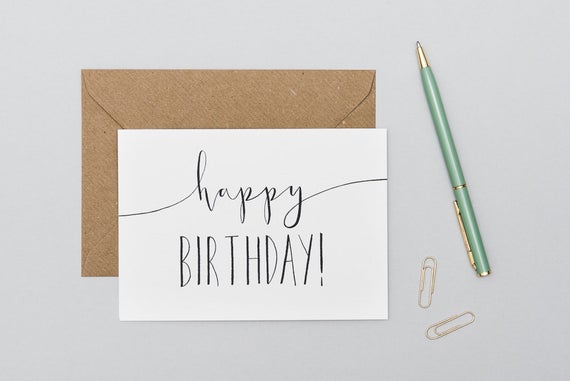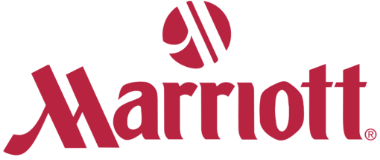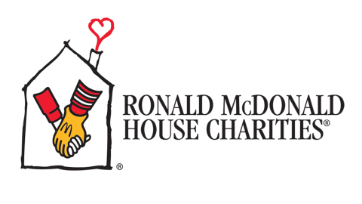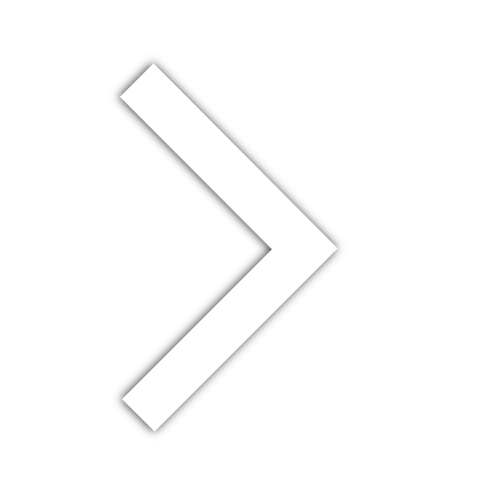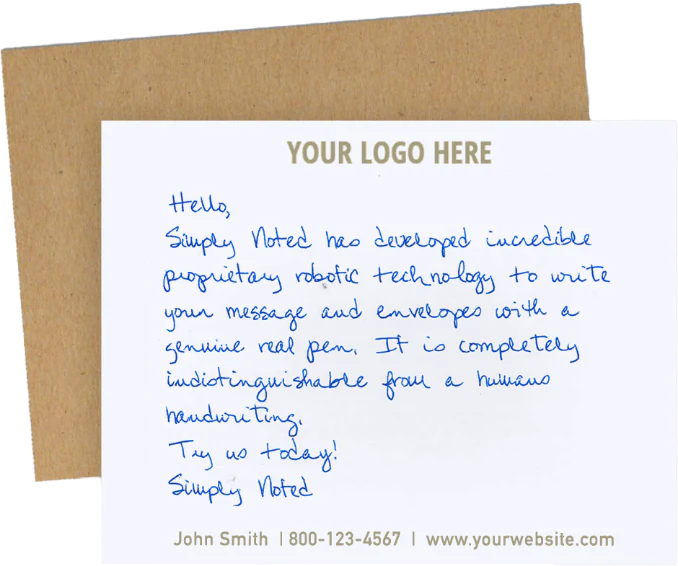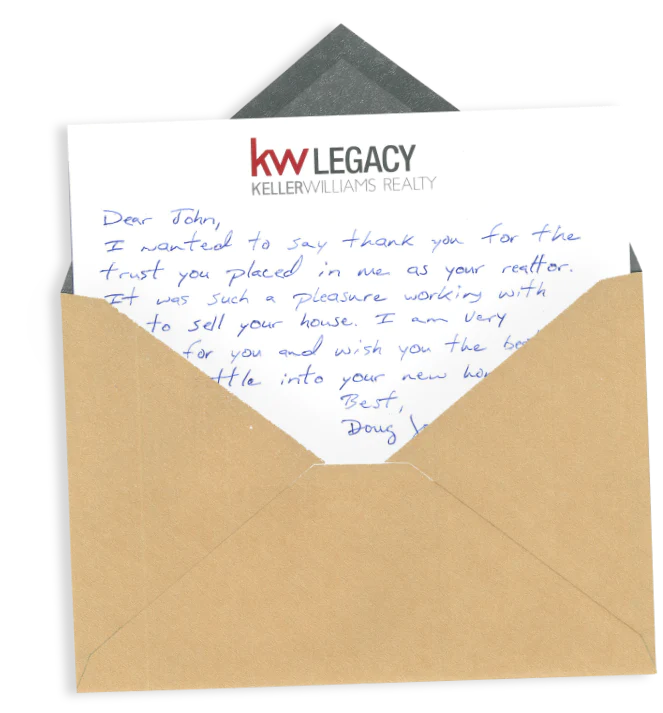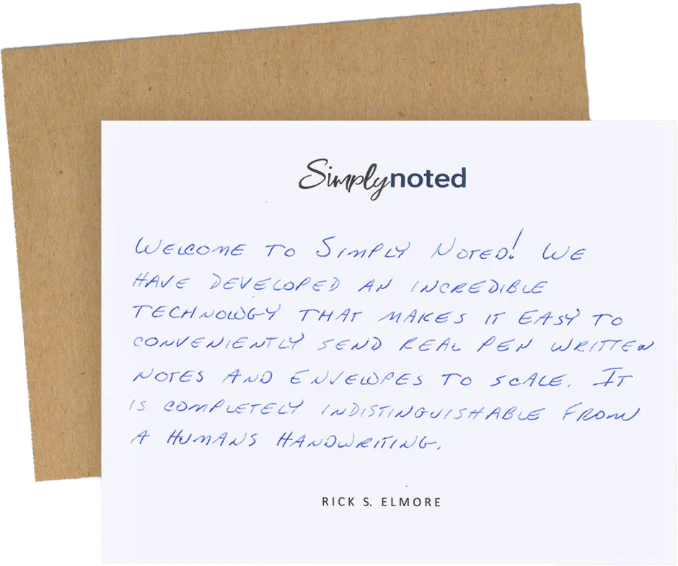7 Most Common Salutation Scenarios And How to Choose The Right Opener

Business experts note the importance of a handwritten letter in the digital age. The personal touch of handwriting makes a piece of mail stand out from the dozens of emails and mass-produced advertisements we receive every day.
7 Most Common Salutation Scenarios And How to Choose The Right Opener
We've grown accustomed to writing emails. They can be curt, getting straight to the point, or long and drawn out, no limit to their word count. How do we return to the short and personalized handwritten note?
For starters, we need to use the right salutations for each scenario. There's a difference between the way we greet a longtime employee and the way we greet a new client. Check out some of Simply Noted’s recent writing samples to get a feel for a perfectly crafted letter.
Read on for 7 common salutation scenarios and how to begin your handwritten business note the right way every time.
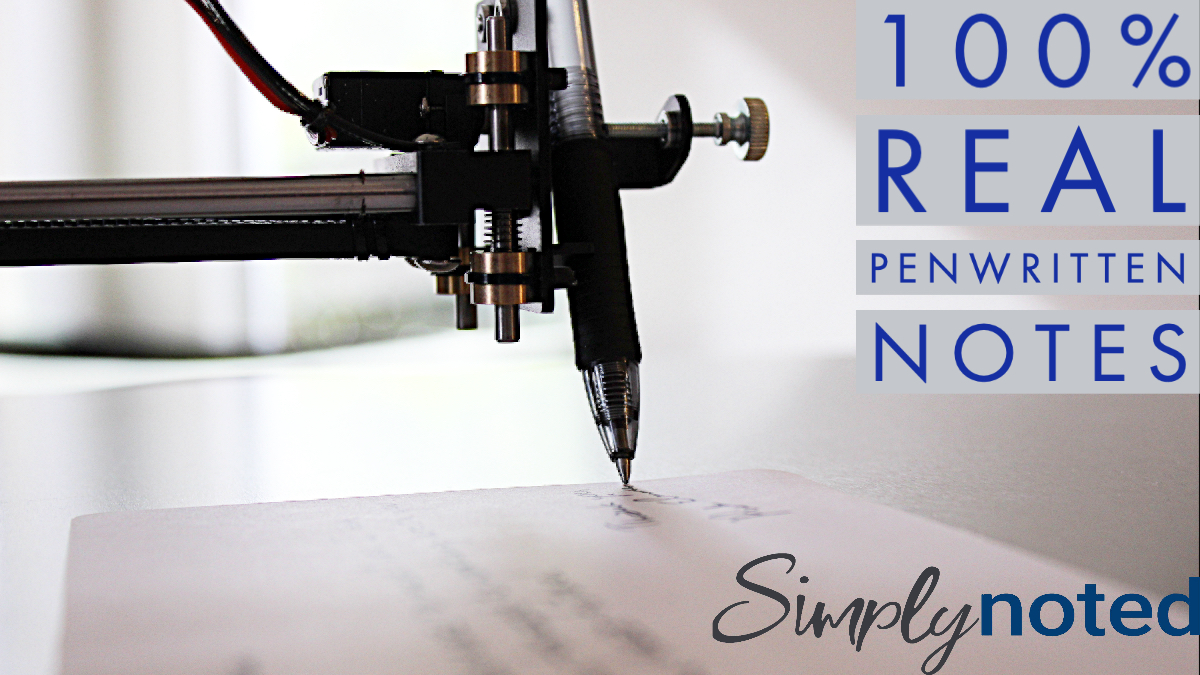
1. THANKING A NEW CLIENT OR VENDOR
If you've just created a new business partnership with a client or vendor, sending a personalized thank you note is a great way to solidify the relationship.
If you are writing to one specific person, use the formal beginning, "Dear," followed by the name they introduced themselves with. If the note is for an entire organization, use a salutation like "To the fine folks of," followed by the name of the organization
The personal touch of handwriting makes a piece of mail stand out from the dozens of emails and mass-produced advertisements we receive every day.
2. TOUCHING BASE AFTER A FIRST-TIME MEETING
After a first-time meeting with a potential client, customer, or employee, follow rules similar to the ones outlined above. "Dear" is cordial enough to acknowledge some familiarity but does not cross the line of overly friendly the way something like "Hi" does.
3. CONGRATULATING A HIGH-PERFORMING EMPLOYEE
Use your discretion when writing to a valuable employee. You likely know this person well and your salutation should reflect your company culture.
If you keep things friendly and light around the office, you could begin with "Hi," "Hello," or "Greetings." If the office maintains a certain level of formality, use "Dear" to begin your salutation.
4. THANKING A CUSTOMER
Once again, this salutation should reflect your company culture. Do you treat your customers like family or do you consider them more akin to business partners?
Regardless of your introduction, always address the customer by name. Saying something like "valued customer" or "To whom it may concern" does not show your customer that you appreciate them as an individual.
5. CONTACTING A VENUE
If you are asking about the use of a venue, you may not know who your letter is going to reach. In this case, it is acceptable to use the salutation, "To whom it may concern."
If you are thanking a venue for past use, you probably know who your recipient is. In that case, you should begin with "Dear" and use the person's name.
6. REACHING OUT TO POTENTIAL CUSTOMERS
How you address potential customers depends on the level of information you have.
If this is a targeted campaign and you know the names of your potential customers, begin with "Dear" and use "Ms./Mr." followed by their last names. (Note that the gender-neutral "Mx." is on the rise as well!)
If you don't have this information, you must decide on the tone of your letter. If you're looking for something casual and inviting, start with "Greetings!" If you want something more formal, start with "To whom it may concern," and go from there.
We don't recommend using anything along the lines of, "To the head of the household," as this is outdated and may be perceived as offensive or alienating.
7. REACHING OUT TO POTENTIAL INVESTORS
Reaching out to a potential investor is always targeted and always formal. In this scenario, we recommend beginning with "Dear" and following with the potential investor's professional title. If they don't have one, use "Ms./Mr./Mx." followed by their last name.
Related: 7 Thank You Letter Closings

GENERAL GUIDELINES FOR SENDING HANDWRITTEN NOTES
Now that we've discussed the appropriate salutations for the 7 most common business greeting scenarios, let's talk about the content of your letter.
Be Specific:
Remember that when you're writing a letter, you want it to be personal. You also want to be concise. Letters written in cards have a word limit, as you don't want to overcrowd the page and overwhelm your recipient!
Open the content of your letter with the reason that you are contacting them. For example, if you are writing to a high-performing employee, begin by saying something like, "We want to congratulate you on your fantastic quarter." Then address the specific accomplishments of the employee.
End the letter by clarifying, once again, why you are writing. Using the example of the letter to a high-performing employee, say something like, "We are thrilled to have you on the team and look forward to seeing what your future with our company holds."
Use the Right Tone:
As we mentioned above, there is a big difference between a formal letter and one that implies familiarity and friendliness. Both your salutation and your content need to reflect the tone most suitable to the relationship you have with the recipient.
Punctuation is a good marker of the tone you wish to convey. For example, look at the following sentences:
"I look forward to doing business with you."
"I look forward to doing business with you!"
The exclamation point, alone, takes that sentence from formal to friendly.
Use a Handwriting Service:
If you're going to handwrite a letter, it needs to be legible. That's why we recommend using a handwriting service that allows you to send your message digitally to professionals who have neat, professional-looking handwriting!
GET STARTED ON YOUR HANDWRITTEN CORRESPONDENCE
If you're ready to implement handwritten letters in your business correspondence, you've come to the right place. You come up with the salutations, the content, and the closer and we take care of the rest!
Check out Simply Noted’s pricing and request a sample. Our goal is to create a business package that fits your business needs and budget.
Connect with Us:
Never forget sending a Birthday card again with Simply Noteds Birthday Automation tool. Set it and forget it and wait for your friends, family and colleagues to thank you!


